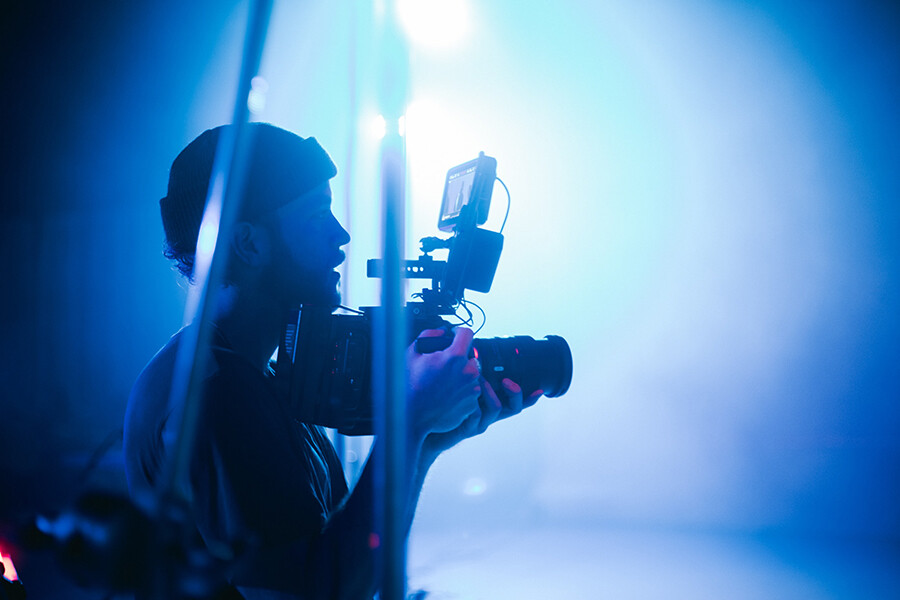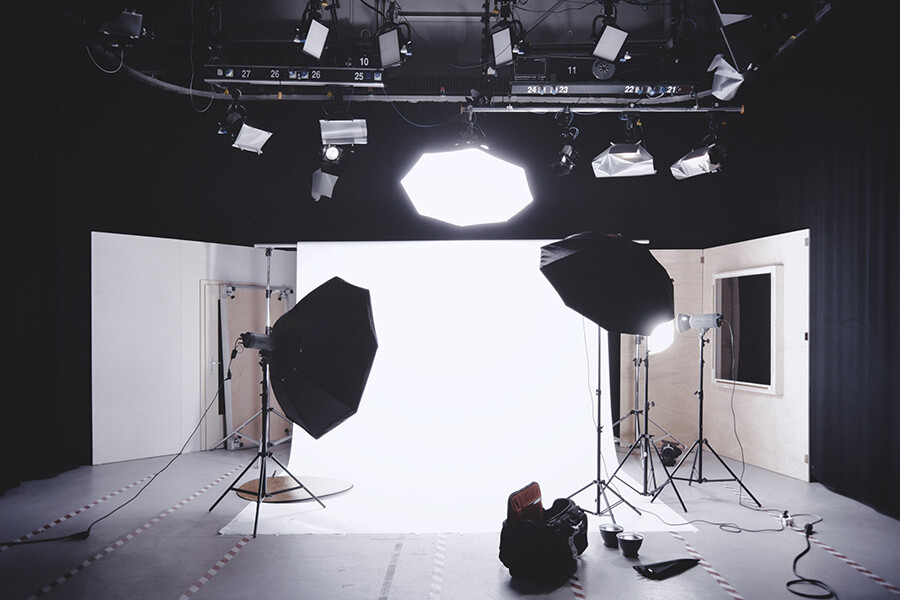- Accueil
- La recherche
- Mémoires et Travaux de fin d’études
- La représentation des zones péri-urbaines dans la photographie américaine des années 1970 : l’héritage du style «straight» et l’influence de l’art contemporain dans le travail de Robert Adams et de Lewis Baltz.
La représentation des zones péri-urbaines dans la photographie américaine des années 1970 : l’héritage du style «straight» et l’influence de l’art contemporain dans le travail de Robert Adams et de Lewis Baltz.
Auteur : VACHON Matthieu
Directeur(s) de mémoire : Florent Fajole
Photographie
Résumé : Les oeuvres de Robert Adams et Lewis Baltz incarnent dans les années 1970 un basculement dans la manière de représenter les paysages de l’Ouest américain : autant du point de vue du sujet que des aspects formels présents dans leurs travaux. Si cette évolution significative peut être mise en lien avec le contexte particulier de l’après-guerre aux Etats-Unis qui transforme les territoires, elle s’inscrit aussi dans le développement de formes artistiques proprement américaines. Les deux photographes se situent dans le sillage du courant « straight », qui se développe durant la première moitié du XXe siècle dans deux directions objectivistes distinctes, l’une consistant en une approche de la matière (Ansel Adams, Edward Weston et l’École de San Francisco), l’autre de la surface (Paul Strand, Walker Evans). Si les années 1950 sont dominées par une approche matiériste et sublime de la nature et des paysages, durant la décennie suivante les artistes conceptuels Ed Ruscha et Dan Graham d’une part et le minimalisme d’autre part contribuent à replacer le travail de la surface au centre des représentations. Tout en privilégiant cette dernière, Robert Adams cherche néanmoins à concilier certains aspects de l’esthétique du sublime caractéristique du travail d’Ansel Adams, tentant d’opérer une synthèse partielle entre les deux orientations du style «straight», tandis que Lewis Baltz reprend le crédo géométrique des premiers travaux de Paul Strand sans pour autant abandonner les réserves exprimées par Walker Evans au sujet du formalisme, cherchant ainsi une troisième voie dans la représentation des surfaces. Chacun d’entre eux réalise ainsi une synthèse personnelle des approches et des formes développées par leurs prédécesseurs, conciliant les dimensions artistiques et documentaires de la photographie – les recherches esthétiques et les considérations sociétales, en s’appuyant sur un modèle résolument moderne.
Mots-clés : Paysage, Péri-urbain, New Topographics, photographie « straight », Frontalité, Art conceptuel, Minimalisme, Robert Adams, Lewis Baltz
—
Abstract: In the 1970s, the works of Robert Adams and Lewis Baltz embodied a shift in the way the landscapes of the American West were represented, both in terms of the subject matter and the formal aspects present in their work. If this significant evolution can be linked to the particular context of the post-war period in the United States, which transformed the land, it is also part of the development of specifically American artistic forms. Both photographers began in the wake of the «straight» photography movement, developed during the first half of the 20th century in two distinct objectivist directions. One consisted in an approach to matter (Ansel Adams, Edward Weston and the San Francisco School), the other to surface (Paul Strand, Walker Evans). If the 1950s were dominated by a materialistic and sublime approach to nature and landscapes, during the following decade conceptual artists Ed Ruscha and Dan Graham on the one hand and minimalism on the other, contributed to placing the work on surface at the center of representation. While favoring the latter, Robert Adams nevertheless sought to reconcile certain aspects of the sublime aesthetic, characteristic of Ansel Adams’ work. He thus attempted to operate a partial synthesis between the two orientations of « straight » photography, while Lewis Baltz took up the geometric credo of Paul Strand’s early work without abandoning the reservations expressed by Walker Evans about formalism, thus seeking a third way in the representation of surfaces. Each photographer can be said to achieve a personal synthesis of the approaches and forms developed by their predecessors, reconciling the artistic and documentary dimensions of photography – aesthetic research and societal considerations – while relying on a resolutely modern model.
Keywords: Landscape, Suburban, New Topographics, « straight » photography, Frontality, Lewis Baltz, Robert Adams.



